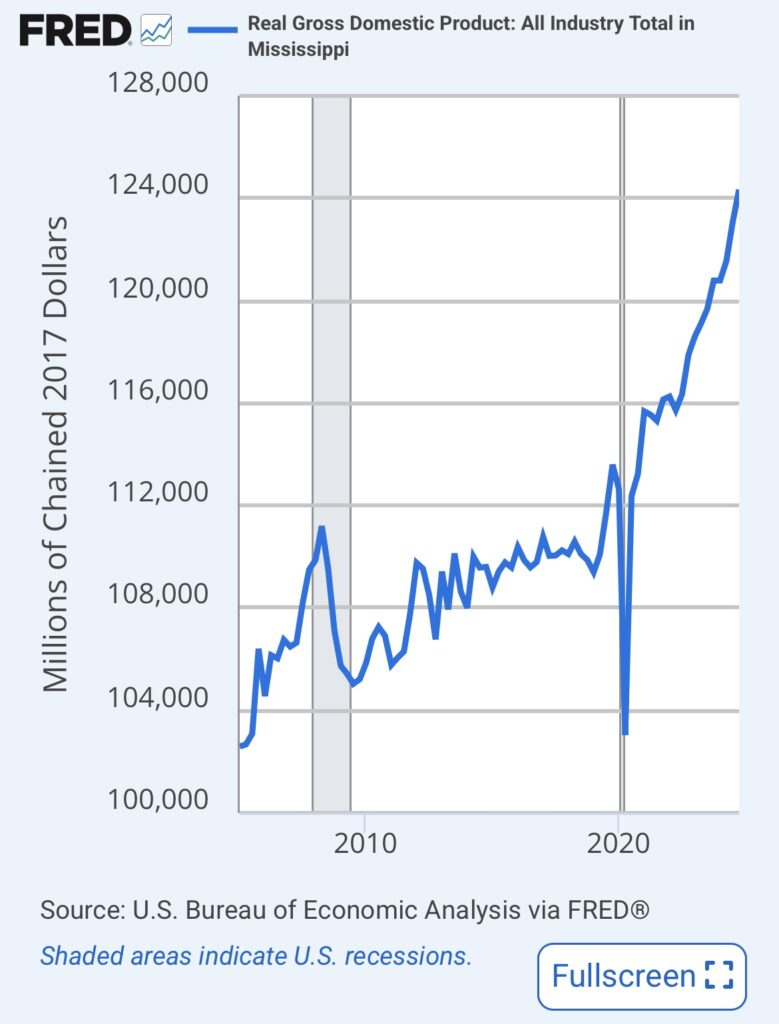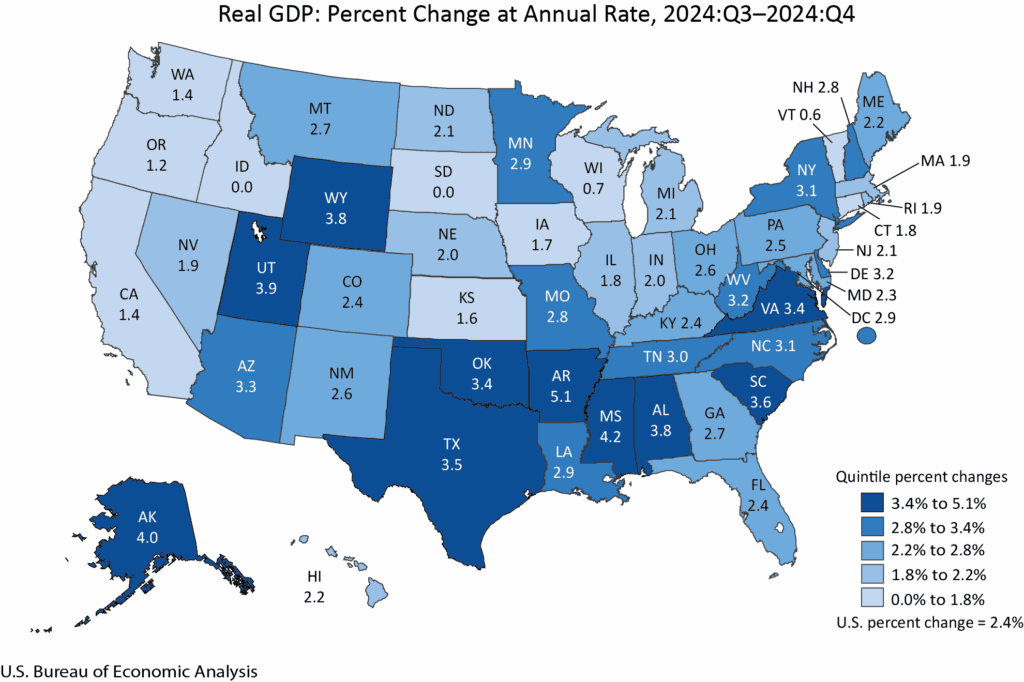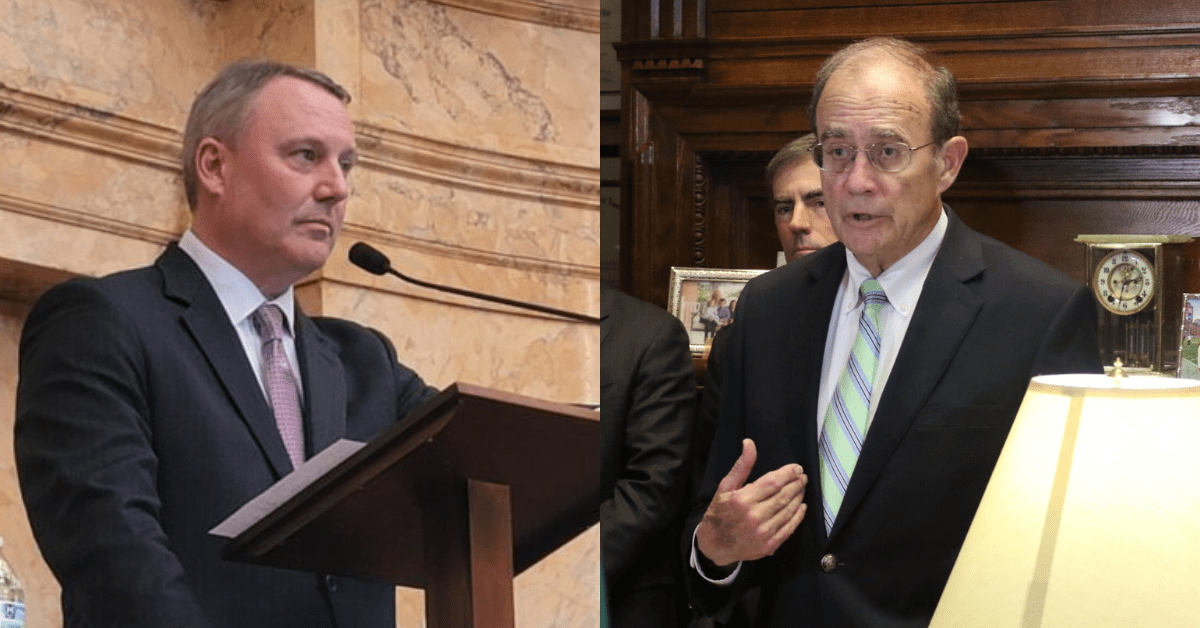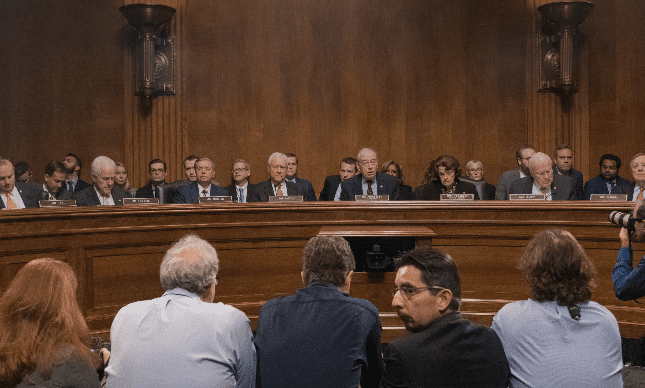
- Mississippi has added over 78,000 jobs in the last decade, and nearly 50,000 since pre-COVID highs. The success is reflected in an economy with the second highest growth rate in the country last quarter.
The Bureau of Labor Statistics numbers released Tuesday show Mississippi with nearly 1.25 million workers. By itself, the figure may not mean much, but looking back, it demonstrates positive growth in a state that historically struggles to get people off the sidelines and into jobs.
Since 2015, the state added 78,626 jobs. That’s 7% more Mississippians contributing to their families, their communities, and their state.
To put the growth in perspective, the entire city of Gulfport is slightly smaller in number. It’s as if we created another city the size of our second most populace one and put every man, woman and child to work. That’s the impact.
Much of this growth has occurred in the past five years, with the state above its pre-Covid number of workers by nearly 50,000. Indeed, since the Covid trough, Mississippi’s labor force participation rate — the measure of how many people over the age of 16 in an economy are working — has grown at a notably faster rate (5.9%) versus the national average (4.2%).
This is not a “mission accomplished” moment. The state has competed for decades with West Virginia for the lowest labor force participation rate. It’s now firmly better than “The Mountain State.” 3.1 percentage points better and now competing with a new set of states.
“Big deal,” you say. Noteworthy progress, says I. Progress that is reflected in our larger economy. In real terms (adjusted for inflation), Mississippi’s economy has grown roughly 10 percent since its pre-COVID high. Up and to the right.

Many people are quick to write off the state’s performance as a byproduct of federal Covid spending. It is certainly true that federal spending impacts GDP, but the data do not back up federal spending as the sole or even sustaining driver of our growth. For instance, wages saw a spike after big relief bills were passed by Congress, but then normalized. Comparatively, overall economic growth remained consistent.
Perhaps more importantly, if federal spending were the root cause of our success, one might expect to see similar growth across the states with Mississippi still (relatively) lagging. But in the last quarter of 2024, only Arkansas had a higher growth rate than Mississippi across the entire country.

The growth in the economy is not just a byproduct of more jobs, but more income. Since 2019, median household income in Mississippi has risen by approximately 19 percent. Even after being adjusted for inflation, households have approximately 4 percent more purchasing power, or $2,120 in extra cash.
A lot of work remains, both to sustain current gains and to build on them. But for now, it seems like investments in workforce and economic development, pro-growth tax reform, and deregulation are paying dividends. It’s worth recognizing.











